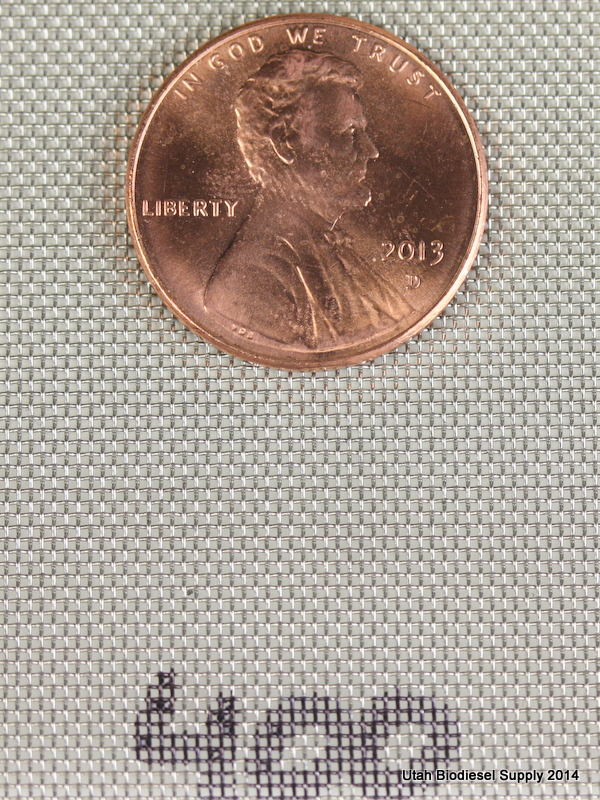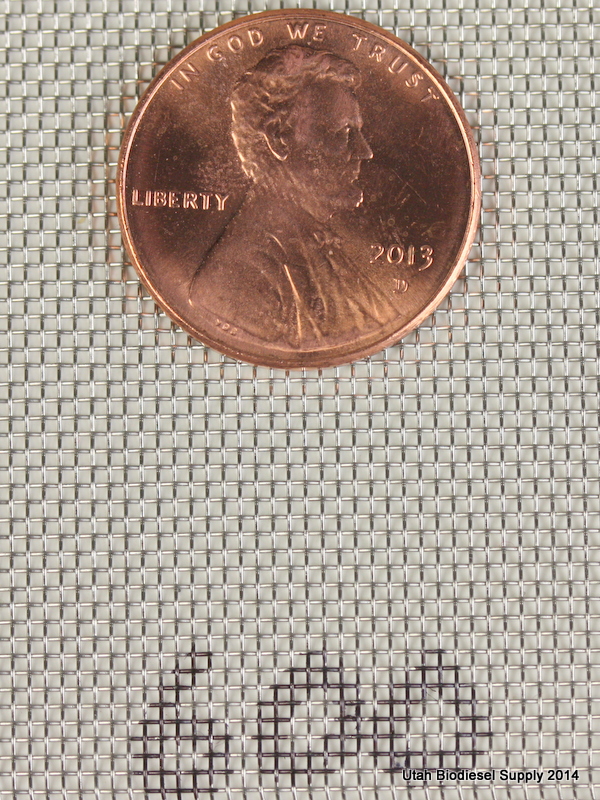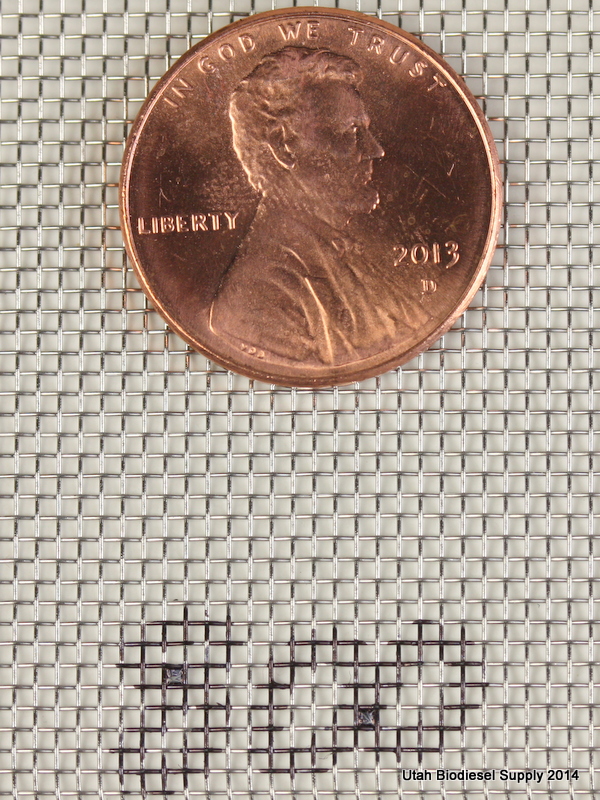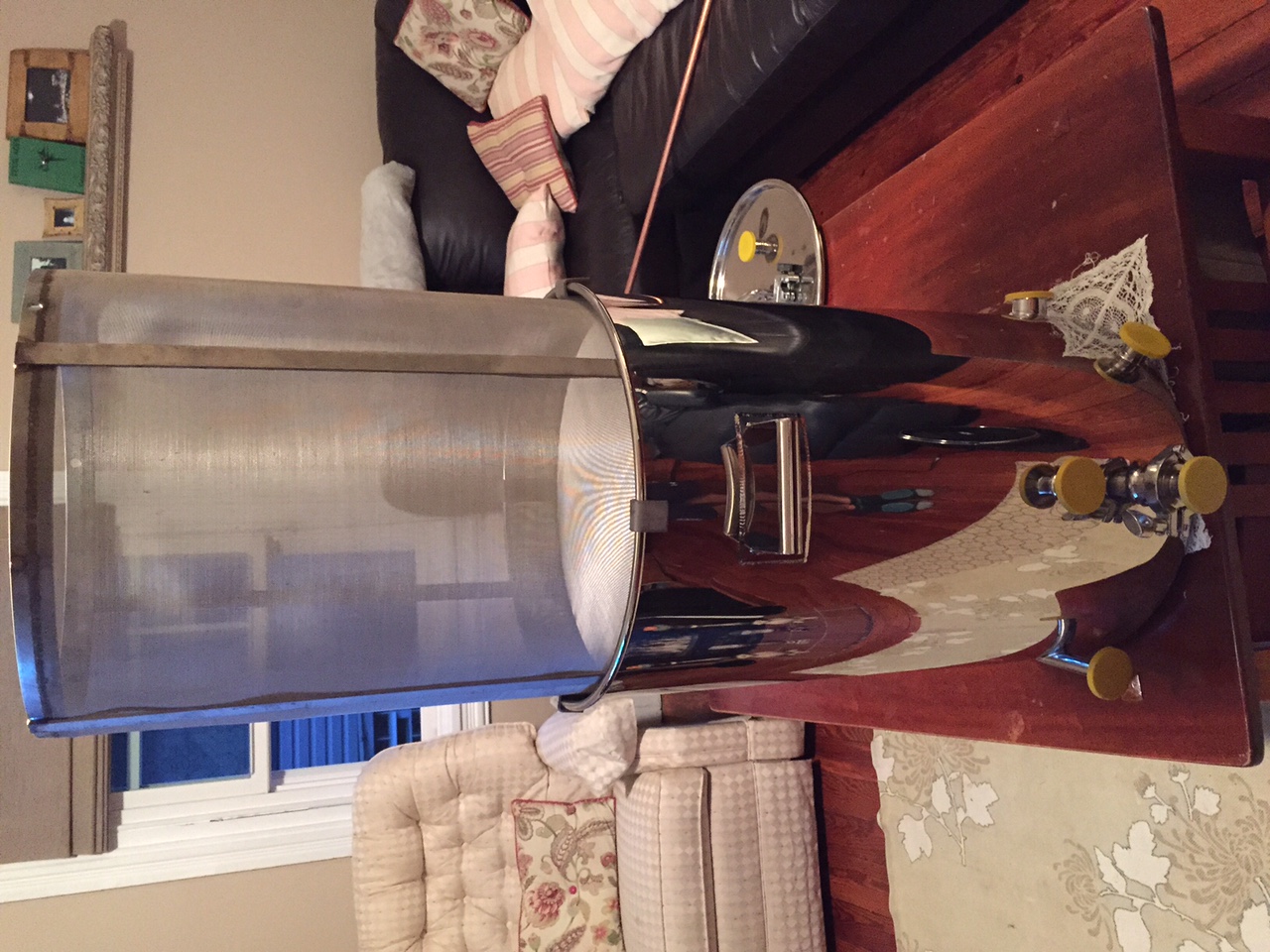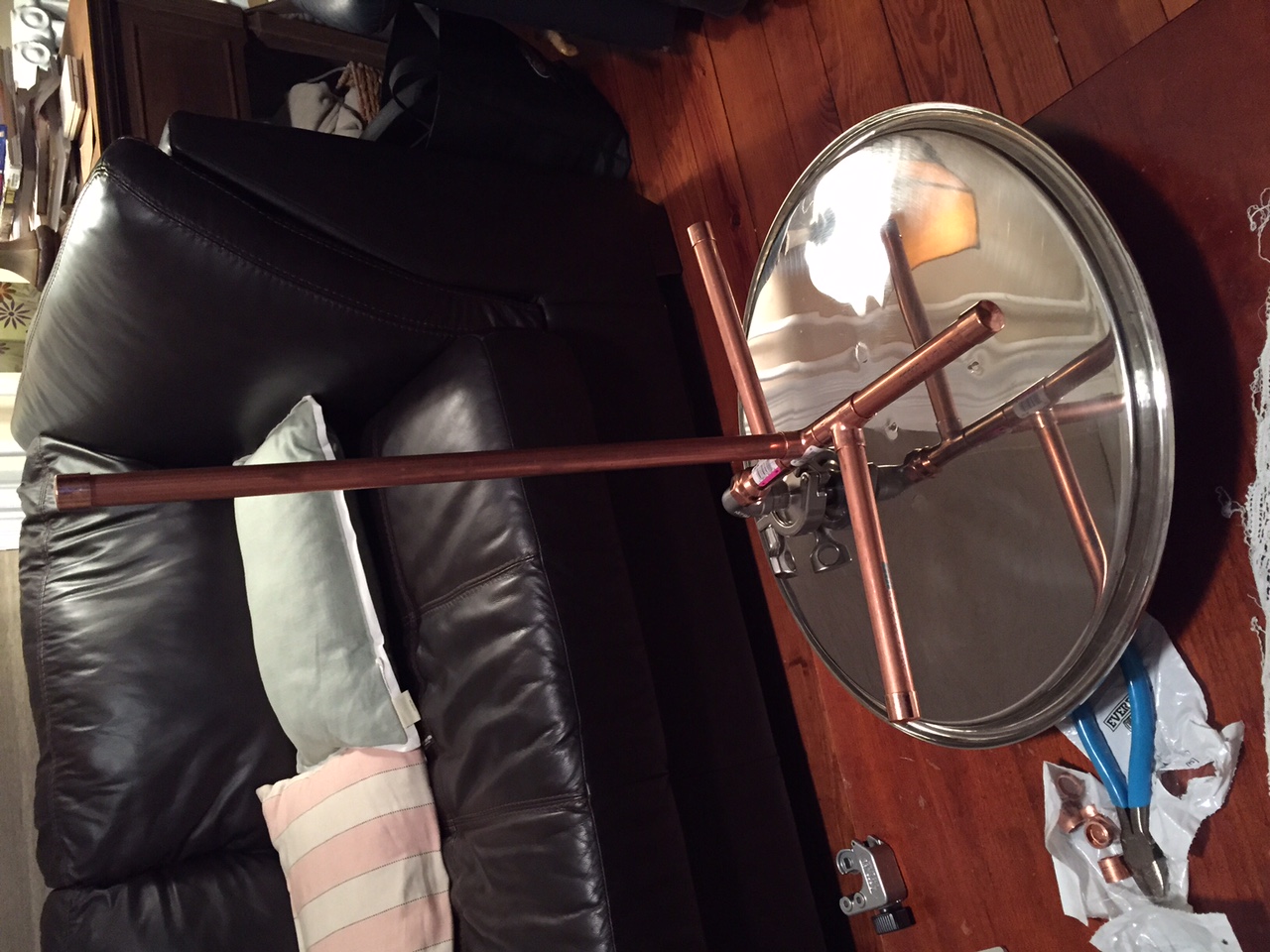hafmpty
Well-Known Member
I'm in the process of working with Chad at ArborFab on getting a basket created for my 7.5gal Blichmann G2 Boilermaker. I'm going to have a design very similar to this:


Here's my issue though...I keep going back and forth between getting the 400, 600, or 800 micron. Chad said the 600 & 800 micron is better for grain while the 300 & 400 is better for hops. The BrewBoss (a recirculating system) is made with the 800 micron and Chad fabricates that those for him.
I've heard lots of good things about the BrewBoss, but I'm mostly concerned about the basket.
Most guys seem to be going with 400 micron for their BIAB baskets. But most guys don't seem to be recirculating...which is what I'm going to be doing via the Tower of Power.
So here are my questions:
1) What micron size do you have?
2) What kind of clarity do you get out of your mash? (I know...don't worry about this...I'm not, but still want to know).
3) Do you recirculate your mash...and if you do...
4) What kind of flow rate do you get out of it?
5) Do you ever stick your mash?
Thanks!


Here's my issue though...I keep going back and forth between getting the 400, 600, or 800 micron. Chad said the 600 & 800 micron is better for grain while the 300 & 400 is better for hops. The BrewBoss (a recirculating system) is made with the 800 micron and Chad fabricates that those for him.
I've heard lots of good things about the BrewBoss, but I'm mostly concerned about the basket.
Most guys seem to be going with 400 micron for their BIAB baskets. But most guys don't seem to be recirculating...which is what I'm going to be doing via the Tower of Power.
So here are my questions:
1) What micron size do you have?
2) What kind of clarity do you get out of your mash? (I know...don't worry about this...I'm not, but still want to know).
3) Do you recirculate your mash...and if you do...
4) What kind of flow rate do you get out of it?
5) Do you ever stick your mash?
Thanks!




